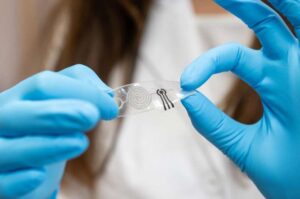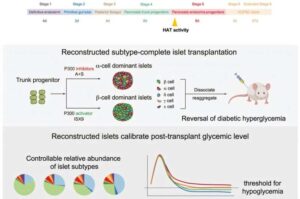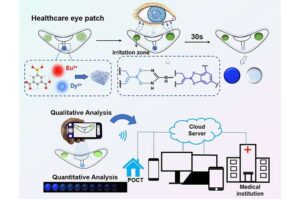
Don’t sweat it: New device detects sweat biomarker at minimal perspiration rate
Available on demand, in abundance and containing multiple biomarkers, sweat is an increasingly appealing medium for monitoring health, according to researchers at Penn State. But not everyone—especially critically ill patients—can build up enough sweat to provide a robust enough sample for current analysis techniques.









